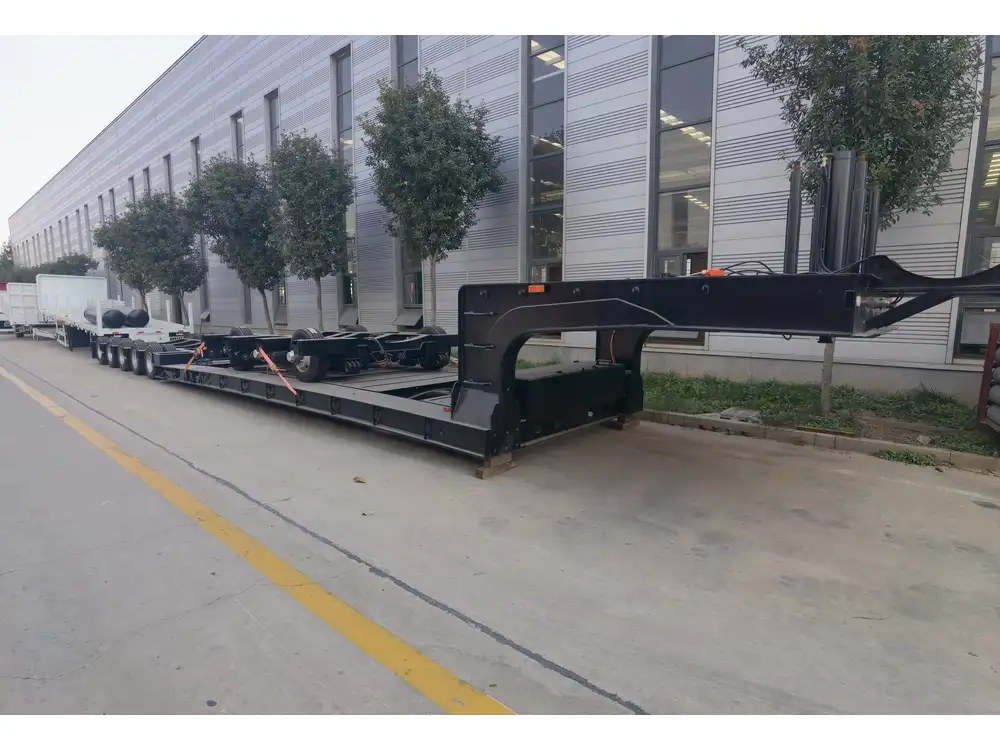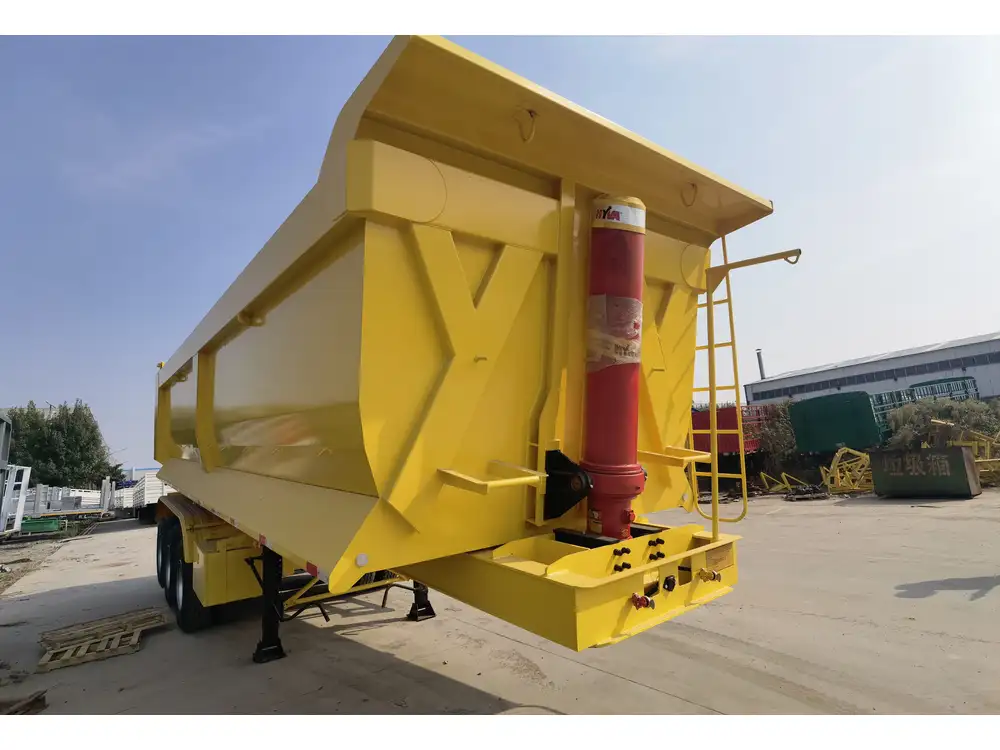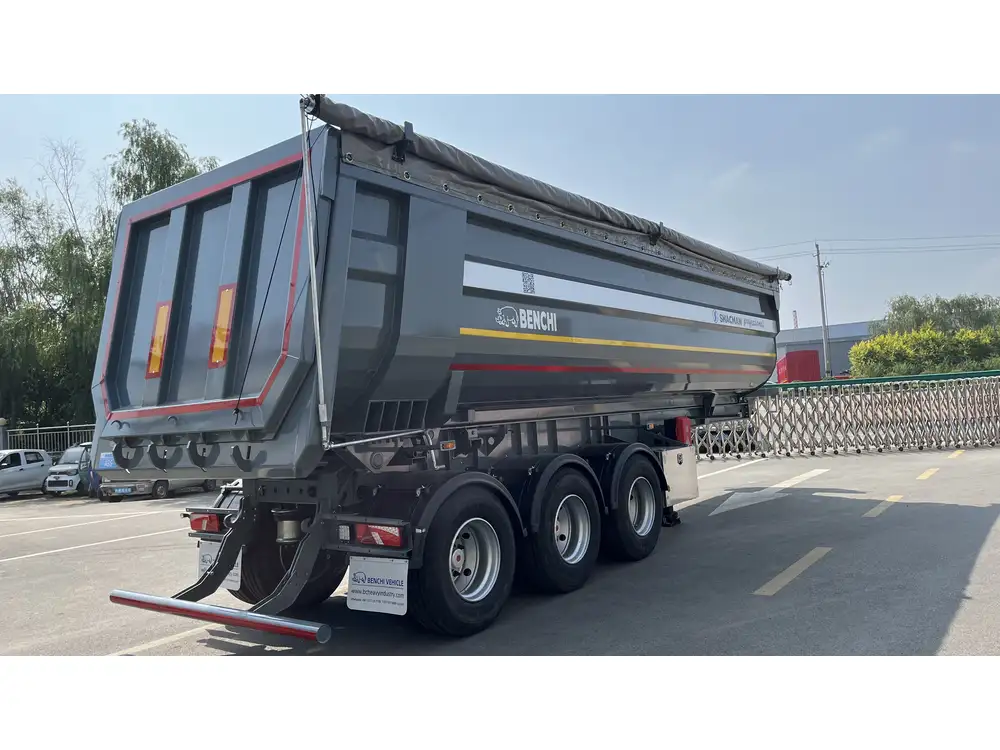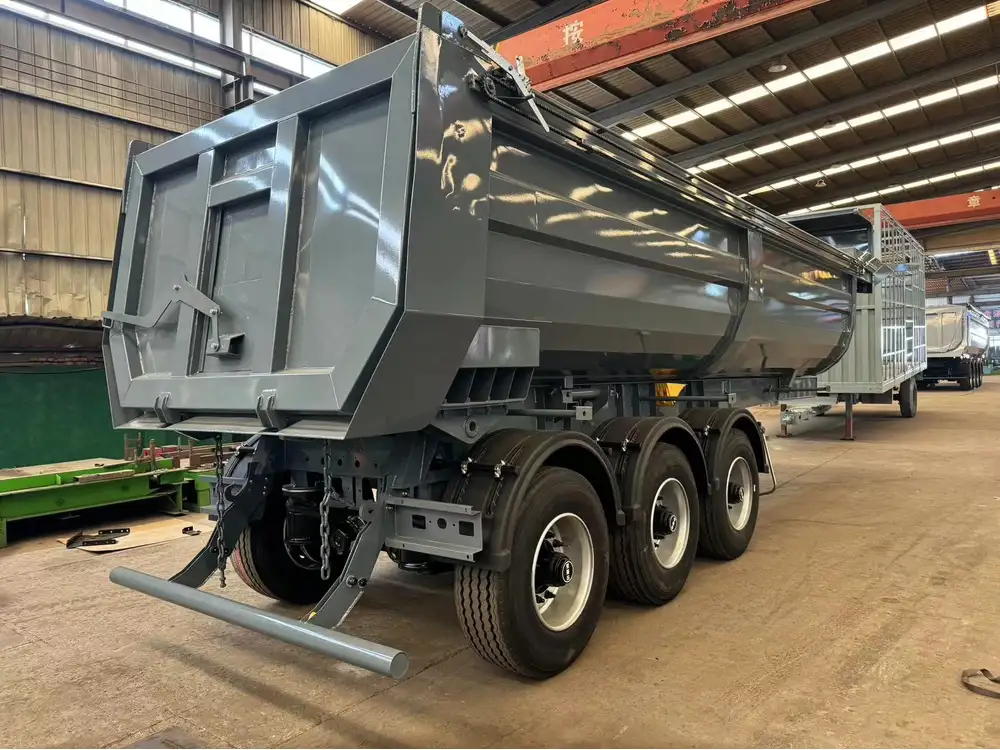Understanding the intricacies of bypassing a trailer hot water tank can be a daunting task for many. Whether you are prepping your RV for winter, reducing water heating costs, or simply troubleshooting, it’s essential to follow a systematic approach. Below, we explore the detailed steps, tools needed, and considerations to ensure a smooth process.
Understanding the Hot Water System in Your Trailer
Before diving into the bypass process, it’s crucial to grasp how the hot water system operates in your trailer. Typically, trailers are equipped with a water heater that supplies hot water for various uses, such as bathing, cooking, and cleaning. The system includes:
- Water Heater: Usually powered by gas or electricity.
- Shutoff Valves: Allow control over water flow.
- Cold and Hot Water Lines: Network that carries water to sinks and showers.
Diagram of a Typical Trailer Hot Water System
| Component | Function |
|---|---|
| Water Heater | Heats the incoming water for household use. |
| Shutoff Valves | Controls the flow of water in and out. |
| Anode Rod | Prevents corrosion within the tank. |

Why Bypass the Hot Water Tank?
Bypassing the hot water tank can reduce the complexities of maintaining your water system, especially in winter. This prevents freezing damage, helps save on heating costs, and facilitates easier maintenance.
Tools Needed for the Bypass Process
Before initiating the bypass, gather the necessary tools and components:
- Adjustable Wrench: For loosening and tightening fittings.
- Screwdriver: To access panels or fittings.
- Hose Clamps: For securing hoses during bypass.
- Flexible Hose: To connect shutoffs if necessary.
- Teflon Tape: To ensure watertight seals.
- Safety Gear: Gloves and goggles for protection.
Step-by-Step Guide on Bypassing Your Trailer Hot Water Tank

Step 1: Prepare for the Bypass
- Locate the Water Heater: Typically found in an accessible compartment.
- Shut Off Water Supply: Close the main water supply valve to prevent any leaks.
- Drain the Tank: Attach a hose to the drain valve and run it outside to empty the tank.
Step 2: Identify the Shutoff Valves
Locate the two shutoff valves connected to the hot water tank:
- Input Shutoff Valve: This controls cold water entering the tank.
- Output Shutoff Valve: This controls hot water exiting the tank to the plumbing system.
Step 3: Close the Shutoff Valves
- Turn the Input Shutoff Valve: Rotate it clockwise to shut off the flow of cold water.
- Turn the Output Shutoff Valve: Similarly, turn it clockwise to stop the hot water from flowing out.

Step 4: Connect the Bypass Hose
- Remove the Supply Lines: Using the adjustable wrench, disconnect the input and output lines.
Attach Bypass Hose:
- Connect one end of a flexible hose to the cold water intake of the tank and the other end to the hot water outlet.
- Use hose clamps to ensure a secure fit.
Note: This step creates a loop, allowing water to bypass the heater entirely.
Step 5: Check for Leaks
- Inspect Connections: Once all hoses are connected, closely examine each joint for tightness.
- Open Valves Gradually: Slowly re-open both shutoff valves while monitoring for leaks.
- Adjust if Necessary: If leaks are detected, tighten connections or reapply Teflon tape.
Step 6: Finalize the Bypass Setup
- Test the Water System: Turn on the taps and allow water to flow through the system. Ensure hot water isn’t available, confirming a successful bypass.
- Secure Any Loose Parts: Fasten any panels or covers previously removed.

Common Pitfalls and Solutions
While bypassing your hot water tank, you may encounter certain challenges. Here are frequent issues and how to resolve them:
| Problem | Solution |
|---|---|
| Leakage at Joints | Tighten the connections or replace Teflon tape. |
| Water Still Heating | Ensure both valves are fully closed and check bypass hose. |
| Inefficient Flow | Inspect the bypass hose for kinks or constrictions. |
Additional Considerations
Seasonal Usage
If you only use your trailer seasonally, it’s wise to implement the bypass each winter. This practice not only saves your heater from potential freeze damage but also makes initial water system flushing easier when reactivating the system in spring.

Maintenance Tips
After bypassing, check the anode rod and tank periodically, as neglect can lead to corrosion and other costly repairs.
Upgrading Your System
If you frequently face issues with your hot water system, it may be time to consider investing in newer technology or a modern water heater. Tankless water heaters, for example, can offer endless hot water and improved efficiency.
Conclusion
Bypassing your trailer hot water tank with two shutoffs is a practical and manageable task that can save you time, energy, and costs during maintenance. By following the steps outlined above, you can ensure a smooth transition into a bypassed state while maintaining the functionality needed for your trips. In doing so, you are not only preserving the life of your water heater but also preparing your trailer for any eventuality, making your adventures more pleasurable and hassle-free.
Feel free to revisit this guide whenever needed; it is tailored to support your journey through the intricacies of trailer maintenance. Happy travels!



